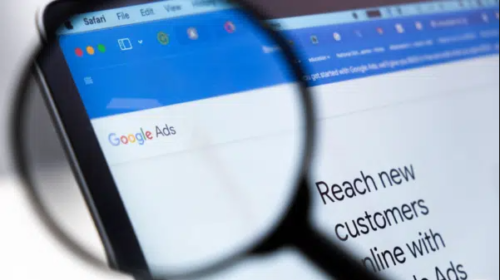Hidden PPC traffic killers
Is your PPC program behaving badly and blocking out perfectly acceptable traffic? Contributor Andrew Goodman looks at five ways to relax an over-tightened account.
If a pay-per-click (PPC) account and the advertiser’s business model are functioning reasonably well, we often find that a business owner becomes heavily dependent on the PPC channel.
“Max the volume!” and “We’re down from last year, I’m very worried” are typical (if vague) remits from clients and bosses deep in the thrall of this perennial growth-driving channel.
If you’ve arrived late on the PPC scene, you might not be aware that previous account managers assumed the channel was “naughty” and that PPC needed to be reined in. Sure, there are sources of cash bleed in any PPC account, but there are downsides to an overly defensive stance.
Pursuing volume in the context of an “over-tightened” account can cost even more (in the form of high bids, excess use of remarketing and overzealous attempts to find new inventory in other channels that can be enabled via PPC platforms — say, in Display).
Even the savviest of us might overlook some of the excess tightening that has crept into an account. Some of this is obvious; other times, it’s nearly impossible to dig up.
Here are five ways your PPC account may actually be blocking out perfectly acceptable traffic.
1. Unreasonable dayparts
Businesses that rely on a retail store or phone interactions might reasonably adjust bids downward in off hours.
Business to business (B2B) campaigns might seem to be better suited to run during normal business hours, targeting people at the office.
I get it. The problem with this is that none of it is 100 percent true; people do research (especially, now, on their phones and tablets) during off hours. In AdWords, the time zone you use is fixed, so assumptions around your coastal bids will be three hours off.
Consider loosening any bid adjustments (you don’t have to take the reins off entirely), thus ensuring that ads are at least eligible to show up 24/7.

2. Over-negativing
There are a couple of ways that negative keywords can hamstring an account manager. One is the broad match negative that simply cuts too far into query flow. Obviously, if you have to, you have to (based on performance).
Other times, though, the negatives (and keyword bids themselves) need to be more surgical.
A very high number of negatives can also be a red flag. Are the bids, keywords or match types inappropriate? Is the campaign relevant? With a very high number of negatives, it’s difficult to sift through them all to separate the wise from the silly.
Sometimes it’s necessary to eliminate a bunch of them and start again (with better campaign strategy). This may be the case when new attribution information provides better credit to higher-funnel interactions.
Take the example query “hipster beef jerky recipes.” People are looking for the recipes, not the jerky. Except that sometimes, they come back later via a remarketing ad and buy a carload of jerky.
 100vw, 307px” data-lazy-src=”https://searchengineland.com/wp-content/seloads/2018/05/andrew2.png” /></p>
<h2 class=) 3. IP blocking using a click fraud detection service
3. IP blocking using a click fraud detection service
Depending on how things work where you live, a given internet protocol (IP) address might be associated with hundreds or thousands of users.
For my money, Google seems to be doing a pretty good job with click fraud these days. It could be that the click fraud software is actually costing you business. At the very least, question its assumptions and tinker with the settings.

4. Failure to use broad match
Some account managers overdo the perfectly reasonable fear of broad match, and you see far too much reliance on hyper-specific exact match keywords.
Hey, we all love exact match. But if growth is what you seek, then you need to cast a wider net. You might even need to run conventional (gasp!) broad match or dynamic search ads (oh my!) to assist in ongoing query research. With a growth mindset comes extra risk and extra work.
5. Bad assumptions about geography
We had a national financial industry client tell us “We do poorly in Georgia — shut it off.” It’s tough to push back against a direct order, but the data will almost always support something like a -30% bid adjustment — and thus, new business within target cost per acquisition rather than “shutting it off.”
Growth is hard. Don’t make it even harder on yourself by keeping the “naughty” PPC channel on too short a leash.




